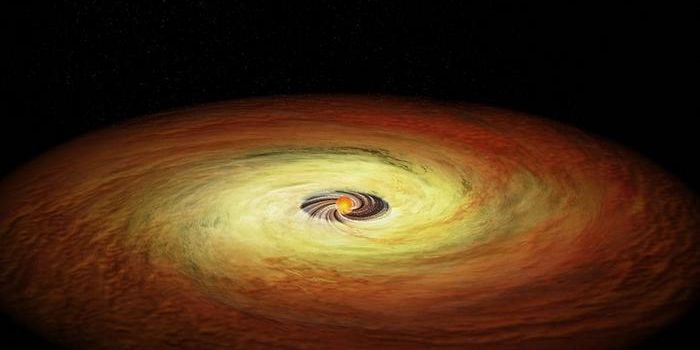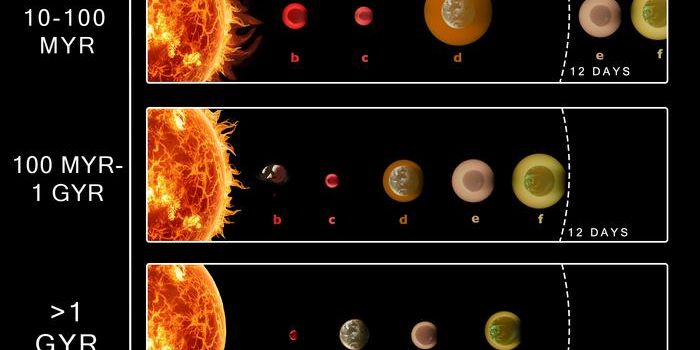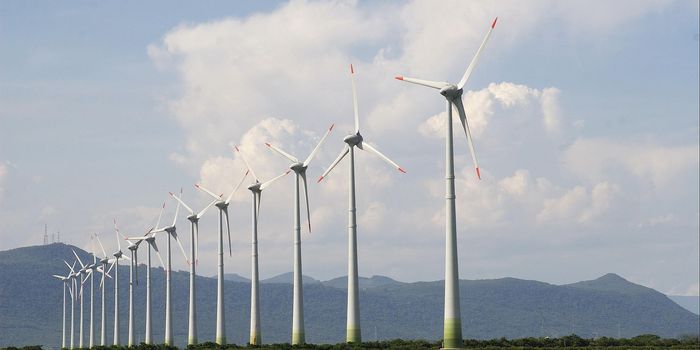Modeling Water Movement and Pollution in Estuaries
What can estuaries, mixture locations salt and freshwater, teach environmentalists about pollution and extreme events? This is what a recent study published in Environmental Science and Pollution Research hopes to address as a team of researchers developed a new model for predicting water behavior within estuaries, which are extremely sensitive to climate change impacts. This study has the potential to help researchers, climate scientists, legislators, and the public better understand markers that could be used to predict climate change, including the extreme weather events, as a result.
This study builds off more than two decades of studying estuaries by Dr. Hanadi Rifai, who is a Moores Professor in the Department of Civil and Environmental Engineering at the University of Houston and a co-author on the study. For the study, Dr. Rifai and her team used a well-known water modeling system called the Environmental Fluid Dynamics Code (EFDC) to examine how various influences like extreme weather events could impact how pollutants and sediments could transport within estuaries.
In the end, the researchers discovered that rainfall and storms increased water flow rates and sediment levels, specifically in deeper areas and at junctions of rivers and estuaries, leading to unpredictable water currents and the redistribution of pollutants.
“An important lesson learned has been that the estuary while thriving and vibrant, is a complex system with many 'moving parts', and is sensitive to external influences that include extreme events (hurricanes, high winds, tidal fluctuations, extreme rainfall, drought, extreme heat, and industrial accidents and incidents),” said Dr. Rifai. “Historical uses have left their 'footprint' and continuing uses such as navigation, and recreation and municipal and industrial discharges are also associated with a 'trace'.”
This study comes as climate change has been demonstrated to intensify weather events globally, including increased summer temperatures, along with stronger and more frequent hurricanes. Therefore, this study could help use estuaries to predict climate change patterns and potentially take steps to mitigate damage associated with extreme weather events.
How will these models help monitor estuaries in the coming years and decades? Only time will tell, and this is why we science!
As always, keep doing science & keep looking up!
Sources: Environmental Science and Pollution Research, EurekAlert!








